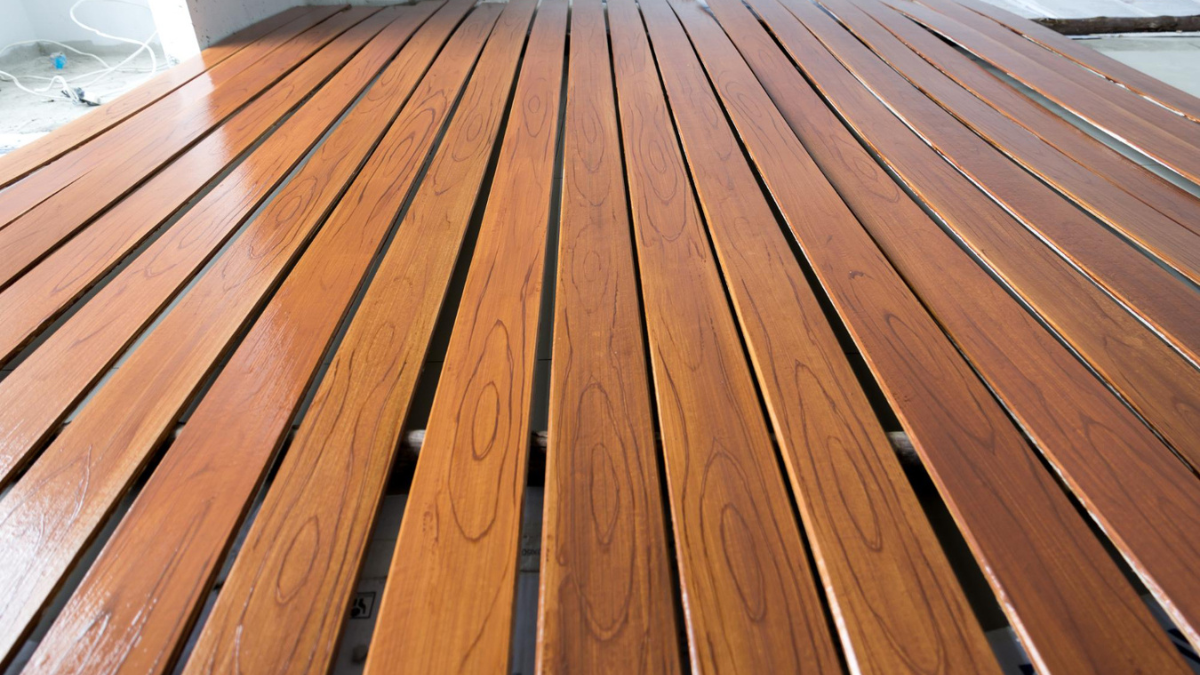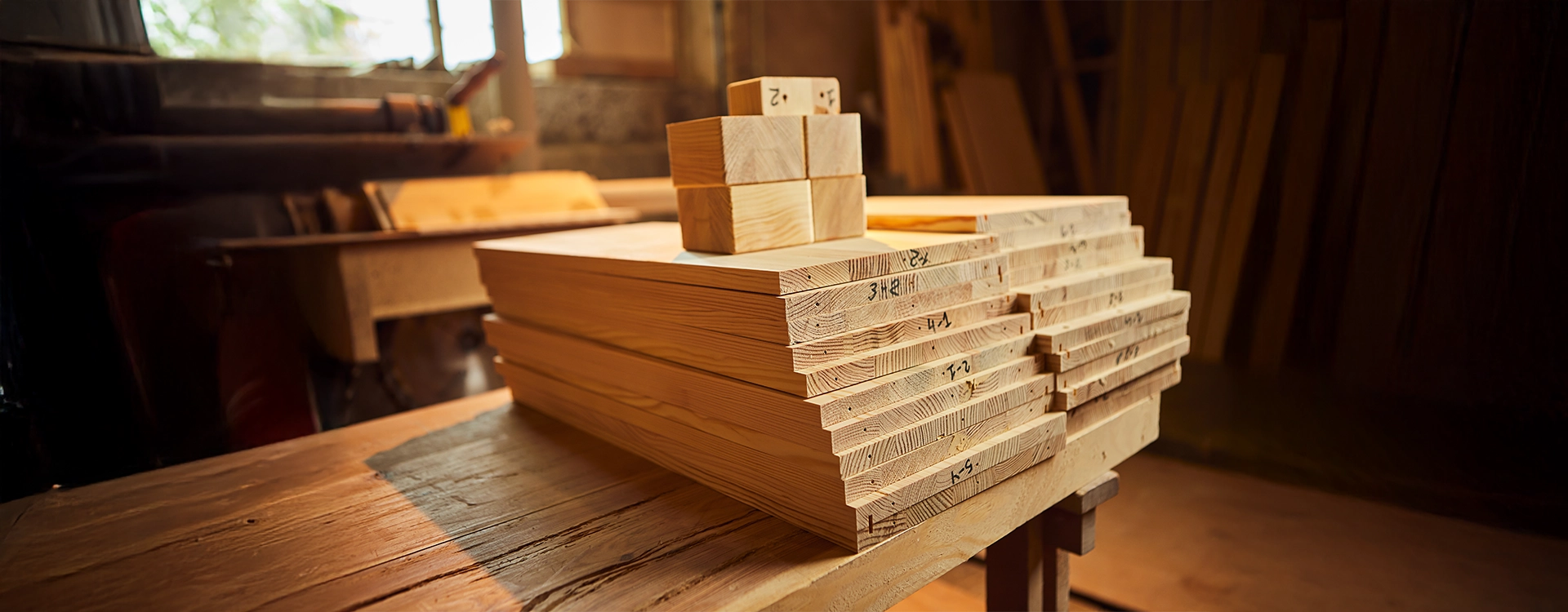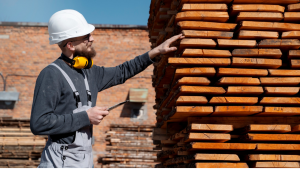Everything You Need to Know About Spotted Gum Decking

Spotted gum is arguably the most well-known and versatile natural hardwood in Australia. It offers a singular combination of outstanding beauty, outstanding durability, and reliable performance under the most trying conditions, which is why architects, builders, and homeowners all respect it. If you’re planning a new outdoor space or replacing an old deck, spotted gum decking deserves to be at the top of your list.
The term “spotted gum” refers to the trunk’s mottled look, which is the result of bark strips being shed. The timber itself is a very high-end product because of its exquisite, flowing grain and exceptional strength.
What is Spotted Gum and Where Does it Come From?
Spotted Gum is the common name for four species of Corymbia—C. maculata, C. citriodora, C. henryi, and C. variegata—primarily grown along the east coast of Australia, from the northern parts of New South Wales up to Queensland. This wide distribution contributes to the timber’s varied characteristics, which is a key part of its appeal.
The name “Spotted Gum” comes from the mottled appearance of the trunk caused by the shedding of strips of bark. The timber itself is known for its beautiful, flowing grain and remarkable strength, making it a truly premium product.
The Unmistakable Look: Color and Grain
One of the main reasons for the popularity of spotted gum deck is its highly attractive and variable aesthetic. It stands apart from the uniform appearance of many other hardwoods.- Color Variation: The color of the timber ranges from light pale browns and creams to rich dark reddish-browns and chocolates. A single deck can feature boards from across this entire spectrum, creating a naturally variegated, warm, and visually engaging surface that blends beautifully with any landscape.
- Grain Pattern: The distinctive interlocking or wavy grain of Spotted Gum frequently results in a desirable “fiddleback” design, akin to the wood seen on violin backs. No two decks will ever appear precisely alike because to this distinctive motif, which also adds depth and texture to the wood.
Few other hardwoods can compare to the distinctive, dynamic, and organic look that spotted gum decking offers because of its inherent diversity.
Superior Performance: Durability and Resilience
Beyond its beauty, the strength and durability of spotted gum timber are what truly set it apart for outdoor applications.1. Excellent Durability Class
Above ground, Spotted Gum has a Durability Class 1 rating. For Australian hardwoods, this is the greatest durability rating obtainable, indicating that the wood should last more than 40 years in the weather. Superior inherent resistance to the following is indicated by this Class 1 rating:- Rot and Decay: The dense structure and natural tannins in the wood repel moisture effectively.
- Fungi and Borers: It has high natural resistance to both fungal attack and common insect pests like termites.
2. Fire Resistance
Crucially for many areas, Spotted Gum has a verified resistance to fire. It is one of only a handful of timbers approved for use in Bushfire Attack Level (BAL) 29 areas without being treated with fire-retardant chemicals. Because it provides a crucial layer of safety, it is a favored and natural choice in areas that are vulnerable to bushfires.3. Strength and Hardness
Spotted Gum is incredibly dense and hard, offering exceptional resistance to dents, scratches, and wear. It has a high Janka hardness rating (typically between 11 and 14 kN), ensuring that a spotted gum deck can withstand heavy foot traffic, entertaining, and general outdoor abuse for decades. This characteristic also makes it a popular choice for high-traffic interior projects like spotted gum flooring and spotted gum timber flooring.Natural Oily Texture
The wood feels a little sticky or greasy, which is advantageous when installing a deck. This natural oil content increases the timber’s resilience in the face of temperature and humidity fluctuations and helps it withstand surface checking, or tiny fractures.Decking vs. Other Spotted Gum Products
Spotted Gum’s versatility extends far beyond just decking. Its strength and aesthetic qualities make it suitable for a wide range of products:- Spotted Gum Cladding and Battens: It is a high-end option for exterior cladding and vertical spotted gum battens because to its durability and fire rating, providing a contemporary, textured façade solution.
- Spotted Gum Flooring: Due to its hardness and beautiful grain, flooring spotted gum is extremely popular in high-end homes and commercial spaces. It is resistant to indentations and provides a warm, natural look.
- Spotted Gum Hybrid Flooring: This innovative product combines the look of real spotted gum timber with the durability and water resistance of a vinyl core, providing an alternative for wet areas or those seeking the look without the maintenance of solid timber.
Installation and Maintenance for Your Spotted Gum Deck
To ensure your investment in spotted gum decking lasts its full expected lifespan, proper installation and routine maintenance are essential.1. Installation Tips
- Pre-Drilling: All screw holes need to be pre-drilled to avoid fracturing the boards and snapping the fasteners because of the extremely dense and durable wood.
- Fasteners: Make use of premium stainless steel screws that are resistant to corrosion (grade 304 or 316, especially near saltwater). Additionally, there are hidden fastening solutions that offer a neat, screw-free appearance.
- Ventilation: Make sure there is enough cross-flow ventilation underneath the deck. In order to prevent fungal growth, cupping, and warping, hardwoods must be given time to dry out and proper ventilation minimizes moisture retention.
2. Maintenance and Finish
Spotted Gum requires minimal maintenance compared to softwoods, but it does need protection from UV light and moisture to maintain its look and stability.- Color Preservation: If you want to maintain the timber’s original brown/reddish hue, you must apply a high-quality decking oil containing UV inhibitors shortly after installation and then annually or bi-annually, depending on exposure.
- Natural Aging (Silvering): If you prefer a low-maintenance approach, you can allow the timber to naturally age. It will weather to a beautiful, soft silver-grey patina over time. Even when silvered, a maintenance coat of clear oil or a protective coating should be applied every few years to nourish the wood and prevent surface checking.
- Cleaning: Regular cleaning with a hose and a mild decking cleaner will remove dirt, pollen, and mildew, which is crucial for preventing the surface from becoming slippery.
Conclusion
Spotted Gum is a premium hardwood decking choice that delivers on all fronts: unmatched durability, natural fire resistance, and a dynamic, beautiful aesthetic. Despite initially costing more than treated pine or even some composite materials, spotted gum decking is a great investment that significantly increases the value and beauty of any property due to its longevity (40+ years) and low maintenance requirements. Selecting Spotted Gum means selecting a classic, Australian-made product that will last for many generations.Ready to transform your space with quality that lasts? Explore the range at Melbourne Timber Supplies—your go-to source for Hardwood Decking in Australia.
Frequently Asked Questions (FAQ)
-
Q. How long will a Spotted Gum deck last?
Spotted Gum is a Durability Class 1 timber, meaning it has an expected life of over 40 years when installed correctly above ground. Its natural density and resistance to rot and insects contribute to this exceptional longevity. -
Q. Do I have to oil my Spotted Gum deck?
No, you don’t have to, but it depends on your aesthetic preference. If you want to keep the timber’s original rich brown and red tones, you must apply a UV-protectant decking oil annually. If you prefer a low-maintenance, weathered look, you can let it age naturally to a handsome silver-grey patina. -
Q. Is Spotted Gum resistant to termites?
Yes, Spotted Gum has a high natural resistance to termites and is typically rated as highly resistant to common Australian termite species, contributing to its Class 1 durability. -
Q. Can Spotted Gum be used in high fire danger areas (BAL zones)?
Yes, it is one of the few natural timbers that is certified for use in high-risk Bushfire Attack Level (BAL) 29 areas without any chemical treatment, making it a safe and reliable choice for these environments. -
Q. How do I prevent my Spotted Gum boards from splitting during installation?
Because of the wood’s extreme density and hardness, you must pre-drill pilot holes for every single screw before fastening the boards down. Failing to pre-drill will likely result in split ends or snapped screws.




